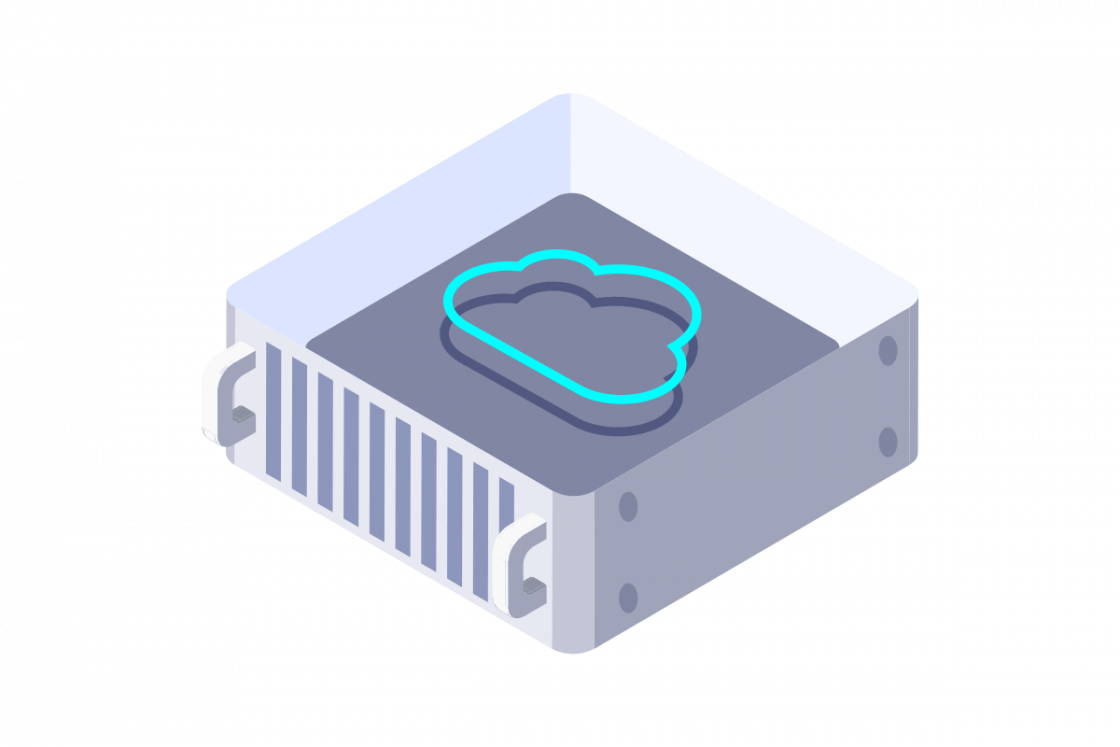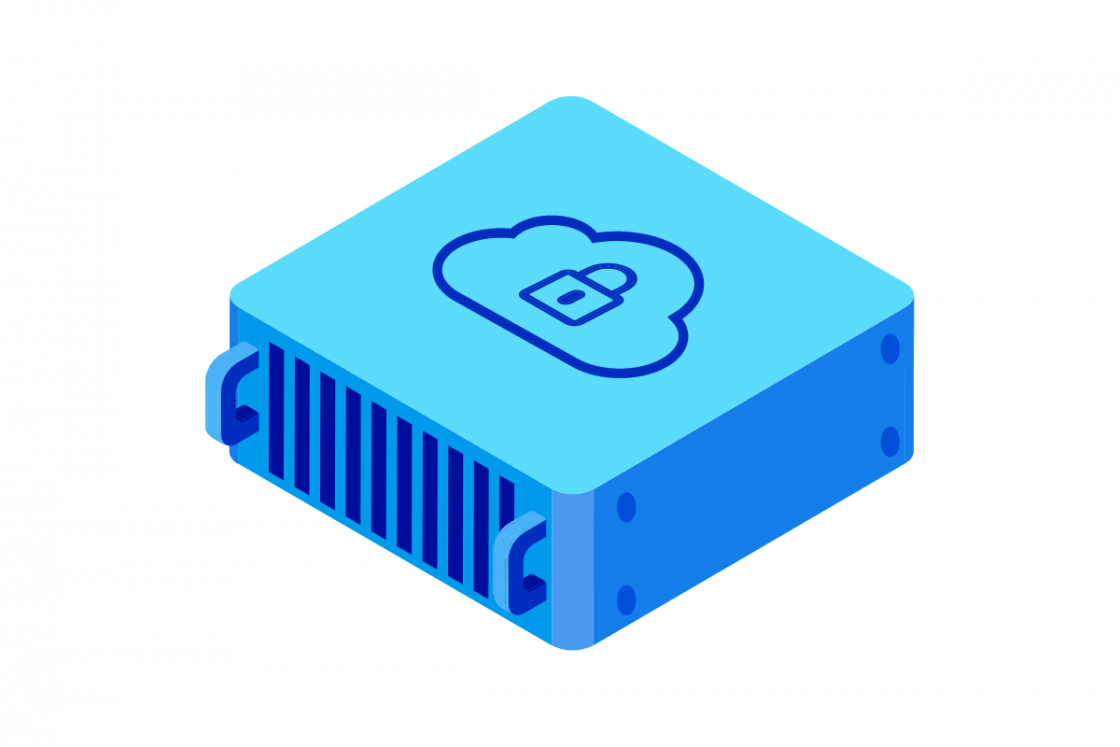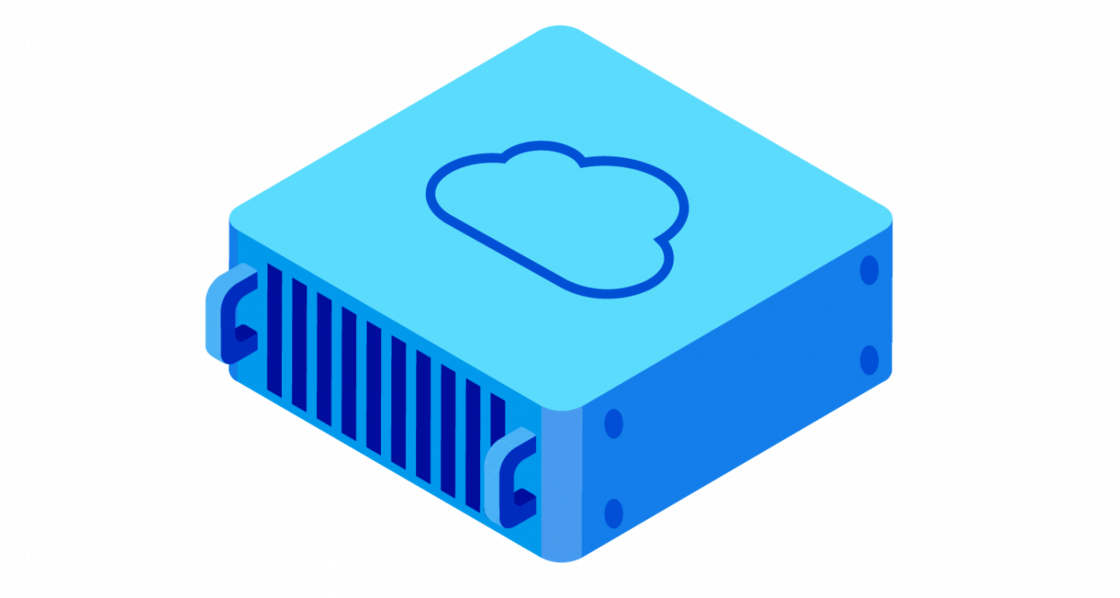What is Server Uptime and Downtime ?
Server uptime is a crucial measure of reliability in the digital world. It refers to the total time a server remains operational, continuously delivering its services without interruption. It is like the heartbeat of your online presence, indicating how long your website, application, or system stays accessible to users.

Definition of server uptime
Server uptime is typically measured in percentages over a specific period, such as a month or a year. For instance, an uptime of 99.9% means the server is operational 99.9% of the time within that timeframe. Every minute a server remains online translates to uninterrupted service for users, ensuring smooth business operations and a seamless customer experience.
This continuous availability is vital because websites need to be accessible for visitors to browse products, make purchases, or consume content. Businesses rely on servers to process transactions, host data, and facilitate communication. Any service disruption can lead to lost revenue, productivity setbacks, and damage to reputation.
Definition of server downtime
In stark contrast to uptime, server downtime is when a server is unavailable and unable to fulfil its intended functions. It signifies an interruption in service, rendering websites, applications, or systems inaccessible to users. Essentially, it's the time when the server is "down"—not operating as expected and failing to respond to requests.
Downtime can manifest in various ways, from a complete outage where the server is entirely offline to more subtle disruptions like slow loading times or intermittent errors. Regardless of the severity, any downtime disrupts the flow of information and hinders user access.
This interruption can stem from various factors, including hardware malfunctions, software glitches, network connectivity issues, or planned maintenance activities. The duration of downtime can also vary significantly, ranging from brief moments to extended outages lasting hours or even days.
Importance of uptime and downtime
Understanding uptime and downtime is crucial for anyone relying on servers to deliver online services. High uptime ensures websites and applications remain accessible, allowing businesses to operate smoothly, customers to engage without interruption, and transactions to proceed without delays. It fosters trust and confidence in the service provider, contributing to customer satisfaction and loyalty.
Conversely, downtime highlights vulnerabilities and potential risks within a system. Tracking downtime incidents helps identify recurring issues, pinpoint areas for improvement, and implement preventative measures. Analysing downtime trends can reveal infrastructure, software, or security protocol weaknesses, allowing administrators to address them proactively.
Common causes of downtime
Server downtime can arise from various sources, often a combination of factors. Some of the most common culprits include:
- Hardware failures: Servers rely on physical components like hard drives, memory modules, and power supplies, all susceptible to wear and tear and can fail over time. A malfunction in any of these components can lead to server crashes and downtime.
- Software issues: Bugs, coding errors, or outdated software can cause applications to crash or malfunction, leading to service disruptions and downtime.
- Network connectivity problems: Servers depend on stable network connections to communicate with users. Outages or disruptions in network infrastructure, such as router failures or internet service provider issues, can render servers inaccessible.
- Cyberattacks: Malicious attacks like an DDoS (Distributed Denial of Service) DNS attack can overwhelm a server with traffic, making it unavailable to legitimate users and causing downtime.
- Human error: Misconfigurations, accidental deletions, or improper maintenance procedures performed by human administrators can inadvertently trigger downtime.
- Overloaded servers: When a server receives more traffic or requests than it can handle, it can become overloaded and unresponsive, leading to performance degradation and potential downtime.
Scheduled downtime for routine maintenance, software updates, or hardware upgrades can also temporarily take servers offline, but ensuring optimal performance and data security is necessary.
Factors affecting uptime
Achieving high server uptime is a multifaceted endeavour that hinges on various interconnected factors. It's not merely about keeping the server powered on; it's about ensuring a robust and resilient IT infrastructure that can withstand various challenges and maintain continuous operation.
One of the primary factors is the reliability of the underlying hardware. Servers are complex machines with numerous components, each susceptible to wear and tear, malfunctions, and eventual failure.
Beyond hardware, the software running on the server plays a critical role in uptime. Well-written, thoroughly tested, and regularly updated software can minimise the occurrence of bugs, crashes, and security vulnerabilities that can lead to service disruptions.
The network infrastructure connecting the server to the internet is another vital factor. A stable and reliable network connection with sufficient bandwidth is essential for uninterrupted communication and data transfer.
Adequate security measures are paramount in safeguarding server uptime. Cyberattacks, such as DDoS attacks, malware infections, and unauthorised access attempts, can cripple server functionality and cause significant downtime. A regular data backup can also help an organisation recover from downtime more rapidly.
Uptime vs Downtime
While seemingly straightforward, the interplay between uptime and downtime is critical for anyone reliant on online services. Understanding their relationship is key to grasping the importance of a stable and reliable online presence.
Key differences
Uptime and downtime represent two opposing states of a server's operational status. Uptime is when a server is actively running and accessible, successfully fulfilling its intended function.
It's a measure of reliability and consistency, indicating the server's ability to deliver uninterrupted service. Conversely, downtime marks when a server is unavailable or unreachable, disrupting services and hindering access. It represents a break in continuity, often resulting from technical issues, maintenance activities, or unforeseen events. Essentially, uptime reflects a server's operational success, while downtime highlights its vulnerabilities and potential for disruption.
Impact on Business Operations
The impact of uptime and downtime on business operations is profound and far-reaching. High uptime translates to smooth operations, allowing businesses to conduct transactions, serve customers, and maintain productivity without interruption.
It fosters trust and confidence, enhancing brand reputation and customer satisfaction. Conversely, downtime can disrupt business processes, leading to financial losses, missed opportunities, and damaged customer relationships.
Every minute of downtime can result in lost revenue, delayed projects, and frustrated users. Therefore, maximising uptime and minimising downtime are crucial for maintaining business continuity, ensuring operational efficiency, and preserving a positive brand image.
Metrics to measure uptime and downtime
Uptime and downtime are typically measured in percentages over a defined period, such as a month or a year. For instance, "five nines" uptime (99.999%) indicates that a server is operational for 99.999% of the time, equating to just over five minutes of downtime per year.
These metrics provide valuable insights into a server's reliability and performance, allowing administrators to track trends, identify potential issues, and implement preventative measures. Various tools and services are available to monitor uptime and downtime, providing real-time alerts and detailed reports to help maintain optimal server performance.
Examples of high uptime and downtime scenarios
A high-uptime scenario might involve an e-commerce platform that experiences minimal disruptions throughout the year. This ensures seamless online shopping experiences for customers, processes transactions without delays, and maintains a strong reputation for reliability. Consistent availability translates to increased customer satisfaction, higher sales, and improved brand loyalty.
Conversely, a downtime scenario could involve a critical server outage for a financial institution, rendering online banking services inaccessible to customers. This disruption could prevent users from accessing their accounts, making transactions, or conducting essential economic activities, leading to significant inconvenience, economic losses, and damage to the institution's reputation.
Best practices to maximise uptime
Maximising uptime requires a multifaceted approach encompassing various aspects of server management and infrastructure. Fundamental steps include investing in reliable hardware, employing robust software, and ensuring stable network connectivity.
It is crucial to implement proactive server monitoring systems to detect potential issues before they escalate into outages. Regular maintenance, security updates, and data backups are also essential preventative measures.
A comprehensive disaster recovery plan can help mitigate the impact of unforeseen events and minimise downtime. By adhering to these best practices, businesses can significantly increase server uptime, ensure continuous service availability, and maintain a strong and reliable online presence.
OVHcloud and server uptime and downtime
Businesses and individuals rely heavily on online services, so server uptime is paramount. Choosing the right server solution ensures maximum uptime and maintains a reliable online presence. OVHcloud offers a range of powerful and flexible server options designed to meet diverse needs and deliver exceptional uptime:

Bare Metal
A powerful and flexible dedicated server that gives you complete control over your hardware. With Bare Metal, you can choose from various servers, including CPUs, RAM, and storage, to meet your specific needs. You can also customise your operating system and software to create a perfect server for your application.

Private Cloud
Secure and scalable cloud computing that gives you the power of a private cloud without the hassle of managing your infrastructure. With Private Cloud, you can get started quickly and easily with a pre-configured cloud environment ready to go. You can also scale your cloud resources up or down as your needs change.

VPS
OVHcloud VPS is a cost-effective and easy-to-use cloud computing solution perfect for small businesses and individuals. With Virtual Private Server, you can get started quickly and easily with a pre-configured virtual server ready to go. You can also scale your VPS resources up or down as your needs change.